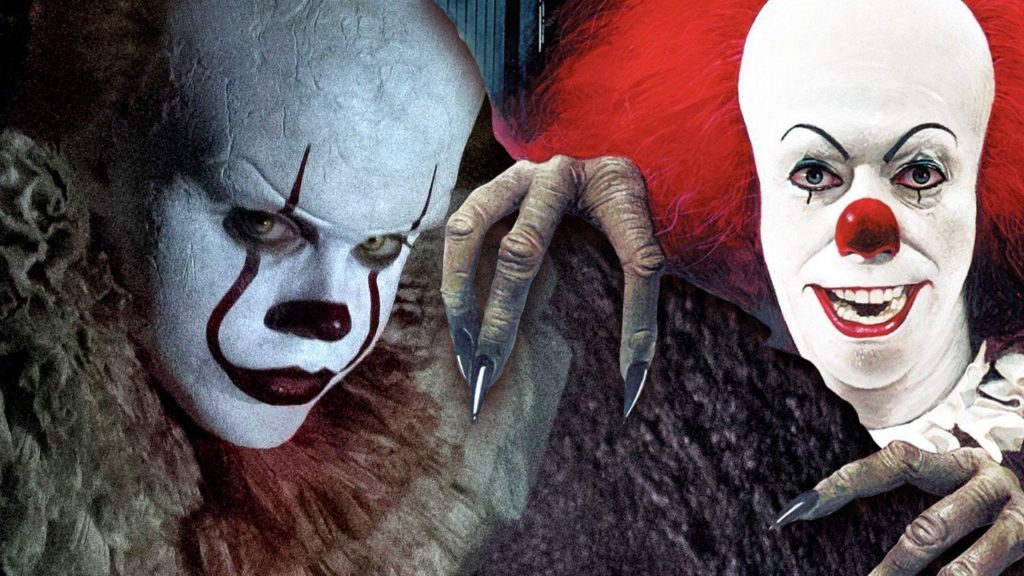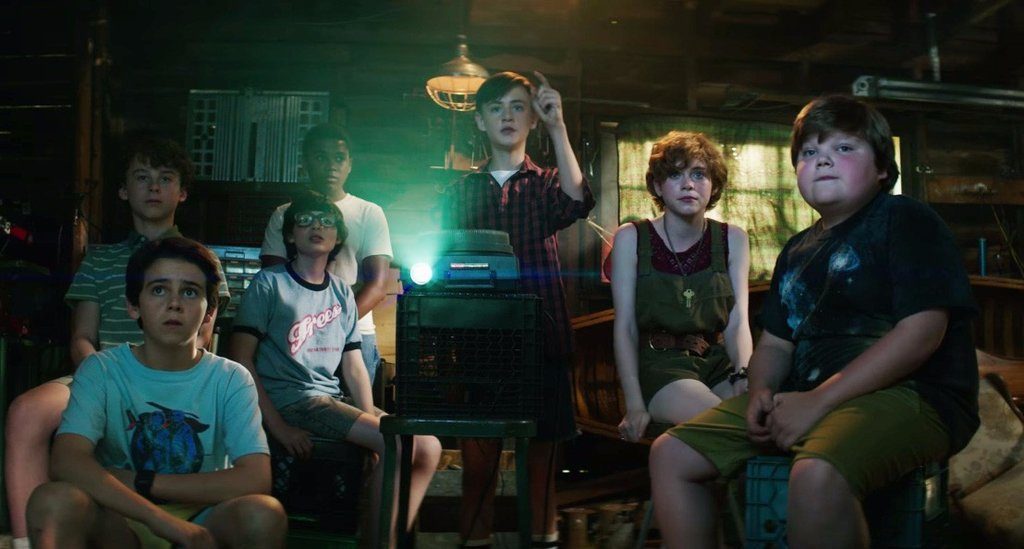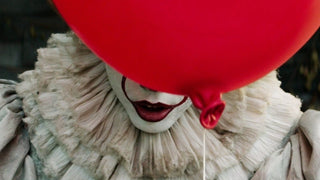Pennywise ain’t no joke. But you already knew that. Over thirty years since the release of the original book, Stephen King’s IT is bigger than just a horror novel—it’s one of the most important books ever written. So when the latest remake of the movie, released this past September, broke (and continues to break) box-office records, it wasn’t a surprise. The story of the titular character and the brave children who swore to protect the fictional town of Derry from him through generations resonates as more than just a scary tale. It’s a coming-of-age story that we all relate to.
Perhaps the biggest reason that IT has still garnered an audience of new and old fans is because of its very human themes of memory, trauma, and coming-of-age—and of course our shared fear of the unknown—and clowns. Tim Curry’s turn as Pennywise in the 1990 tv mini-series of IT was unforgettable as the devilish antagonist—equal parts charismatic and ruthless as he terrorized Will and the Loser’s Club. You’ll probably hear a lot of people talk about their inherent fear and loathing of clowns, and they will mostly cite Curry’s Pennywise as a reason.
And in the 2017 film adaptation of the story, 20 years later, Bill Skarsgard is the man behind the paint (and your nightmares) in the new movie. In a strange way, the recent and old adaptations of King’s seminal work are an example of passing down the concepts of storytelling to younger generations. In passing down “fear” so to speak, the conceit of the main characters of IT and their generational promise to defeat the monster that ruined their lives can apply to our lives, too. We are essentially the Loser’s Club—attached to this crippling fear of Pennywise—the moments that we remember from the book/TV series (“Hello, Georgie”), and how those scenarios frightened us as kids. It’s only right that the older fans gravitate to this journey again, and now they have a younger section of fans to relate to as well.

Nostalgia pretty much runs the world, if you look at shows like Stranger Things, which borrows heavily from ‘80s entertainment such as The Goonies, Monster Squad, and of course, IT; there is something engaging about pitting seemingly helpless yet adult-minded children against monsters and the adults who mistreat them. When it isn’t used as a cheap device to connect or cover up shoddy writing, nostalgia can do more than represent fanservice—it can connect people. The terror of IT is transcendent in that it hasn’t changed at all in 30 years—but the interpretations of what King depicted still work whether you are 15 or 40-years-old. While neither the miniseries or the feature length film contain every single piece of dialogue and story beat from the lengthy novel (it’s over 1000 pages long), all three share the same measure of childlike curiosity, uncertainty, and terror. We can all relate to, and be afraid of these things—and putting them on screen for everyone to see is a major reason why IT has survived this long.

What’s next for IT? Other than the second-part conclusion that will release in 2019, we can already see the residual impact the movie has had already. In this new generation of social interaction, the “meme-ification” of Pennywise and the cast of the story has given Stephen King’s book a new life, and possibly for the next 30 years. The meme of Pennywise goading Georgie into the sewer is by and large one of the most popular, and the picture that most internet joke accounts are using, of Tim Curry’s Pennywise from the 1990 series, predates the birth of the kids who are most susceptible to see it. The enduring legacy of The Loser’s Club, the town of Derry, and Pennywise isn’t in the terror he’s wrought throughout three decades—it’s the fact that we have all shared in the horror together.
***
The Hundreds X IT releases this weekend at ComplexCon.

